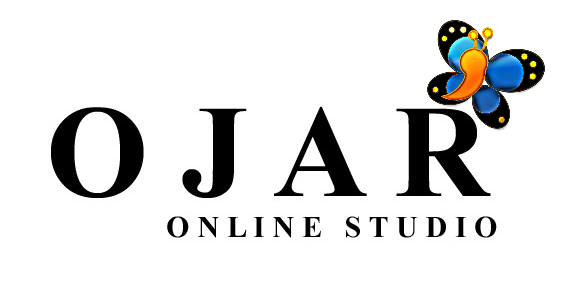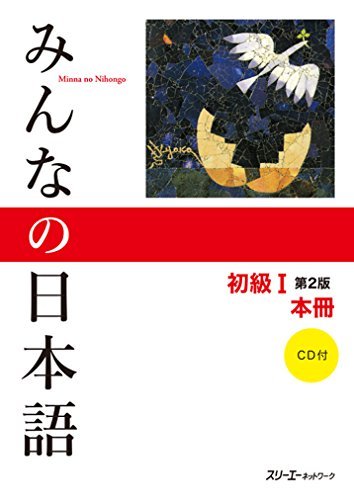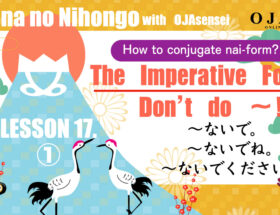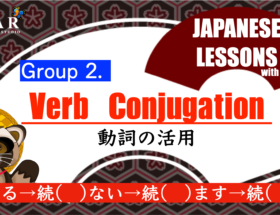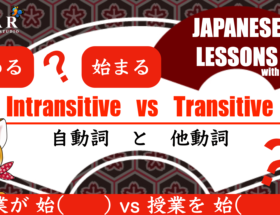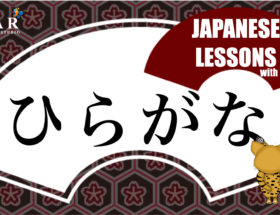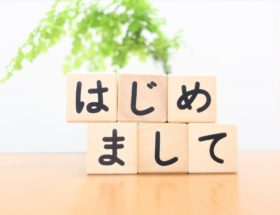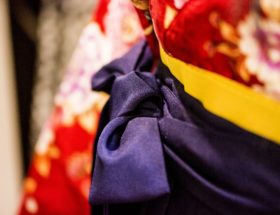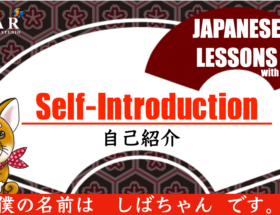Hi, I’m ojachan 🙂 Today’s Lesson is: Watashi wa Miller desu
I was a cram school teacher in Japan. I taught Japanese from elementary to junior high school students. Don’t you want to know how to learn Japanese like Japanese kids? I’ll teach you how to start from beginner’s level Japanese.
☆This lesson is following the textbook “みんなの日本語”.
CONTENTS
Today’s lesson is;
Key Phrases
I’ll teach you with “ていねい語 teinei-go Polite expression ” 🙂
S は N です。
・The particle は, which is called 助詞(じょし) is added before the noun used as a subject in the sentence.
・です is added to the end of the sentence when you use ていねい語( polite expression). です is “to be” in English.
| わたしは おじゃちゃん です。 |
|---|
| watashi wa Ojachan desu. |
| I am Ojachan. |
| あなたは 私の 友人 です。 |
|---|
| あなたは わたしの ゆうじん です。 |
| anata wa watashi no yuujin desu |
| You are my friend. |
| わたしは 先生 です。 |
|---|
| わたしは せんせい です。 |
| watashi wa sennsei desu |
| I am a teacher. |
| スミスさんは 会社員 です。 |
|---|
| すみすさんは かいしゃいん です。 |
| Smith san wa kaisyain desu |
| Ms.Smith is an office worker. |
N じゃ(では)ありません。
じゃ(では)ありません is used in the negative sentence of です。
・じゃ ありません is usually used in casual sentence.
・では ありません is used in a formal expression like a newspaper or kinds of literature.
| わたしは 学生じゃ ありません。 |
|---|
| わたしは がくせいじゃ ありません。 |
| watashi wa gakusei ja arimasen |
| I am not a student. |
| ミラーさんは 銀行員では ありません。 |
|---|
| みらーさんは ぎんこういんでは ありません。 |
| Miller san wa ginkouin-dewa arimasen |
| Miller is not a banker. |
S は N ですか。
・The particle か is used to express as interrogation. You can use it you just add か to the end of a sentence.
・If you want to answer YES you can use はい while いいえ is used as NO.
| あなたは 先生 ですか。 |
|---|
| あなたは せんせい ですか。 |
| Are you a teacher? |
| はい、[わたしは]先生です。 |
|---|
| はい、[わたしは] せんせい です。 |
| hai, [watashi wa] sensei desu |
| Yes, I am. |
| いいえ、[わたしは]先生では ありません。 |
|---|
| いいえ、[わたしは] せんせいでは ありません。 |
| iie, [watashi wa]sensei dewa arimasen |
| No, I’m not. |
| ミラーさんは エンジニア ですか。 |
|---|
| みらーさんは えんじにあ ですか。 |
| Miller san wa enginia desuka |
| Is Mirror an engineer? |
| はい、[ミラーさんは]エンジニアです。 |
|---|
| はい、[みらーさんは] えんじにあ です。 |
| hai, [Miller-san-wa] enginia desu |
| Yes, he is. |
| いいえ、[ミラーさんは]エンジニアじゃ ありません。 |
|---|
| いいえ、[みらーさんは] えんじにあじゃ ありません。 |
| No, he isn’t. |
And you know, we often omit the subject [私は]. We don’t usually use what we know each other when we talk with someone. Realizing is very important for learners to learn Japanese.
Sometimes it may become strange sentences for us when you use the subject. Without using the Subject it is more natural. Besides, we don’t usually use “she/he is-”. We often use his/ her name directly.
Vocabulary Words
| 日本語 | ふりがな | Pronunciation | English |
|---|---|---|---|
| わたしは | – | watashi-wa | I |
| あなたは | – | anata-wa | you |
| 学生 | がくせい | gakusei | student |
| 先生 | せんせい | sensei | teacher |
| 会社員 | かいしゃいん | kaishyain | office worker |
| 銀行員 | ぎんこういん | ginkouin | banker |
| エンジニア | えんじにあ | – | Enginner |
| わたしの | – | watashi-no | my |
| アメリカ | あめりか | – | Ameria |
| フランス | ふらんす | – | France |
Expressions
| わたしは アメリカ人 です。 |
|---|
| わたしは あめりかじん です。 |
| I’m American. |
| わたしは フランスから 来ました。 |
|---|
| わたしは ふらんすから きました。 |
| I’m from France. |
| 失礼ですが。 |
|---|
| しつれいですが。 |
| shitsurei desuga |
| May I ask you / Excuse me |
| こちらは 佐藤さん です。 |
|---|
| こちらは さとうさん です。 |
| kochira wa satou san desu |
| This is Sato. |
・We basically use さん for the name to respect the third person.
・We use it for strangers, acquaintances, or the person who we meet at the first time. We usually use ちゃん or くん for kids but we also use these words for friends affectionately.
Let’s Practice
Your Homework
✏️Answer these questions in Japanese and comment below.
| Introduce yourself in 3 sentences. |
| e.g. |
| わたしは おじゃちゃん です。 わたしは 先生 です。 わたしは 日本人 です。 |
Okay, that’s all for today!
Good luck with your Japanese study 😉
*MINNA NO NIHONGO,VOL.1-W/CD*
| Amazon Reviews: | ★★★★★ |
|---|
Author:
Makiko Shinya / Chiyoko Koga / Tooru Takada / Keiko Mikogami
supervised by Koichi Nishiguchi
Publisher:3 A corporation (2nd Edition)
P.S. My English skill is not enough yet. Please correct me with DM from CONTACT if my English is wrong. Thank you for your cooperation!
Next Lesson is; CLICK HERE!
Minna no Nihongo 2: Ko So A Do Kotoba
Previous Lesson is; CLICK HERE!
Japanese Lesson 12: How to Say the Date
